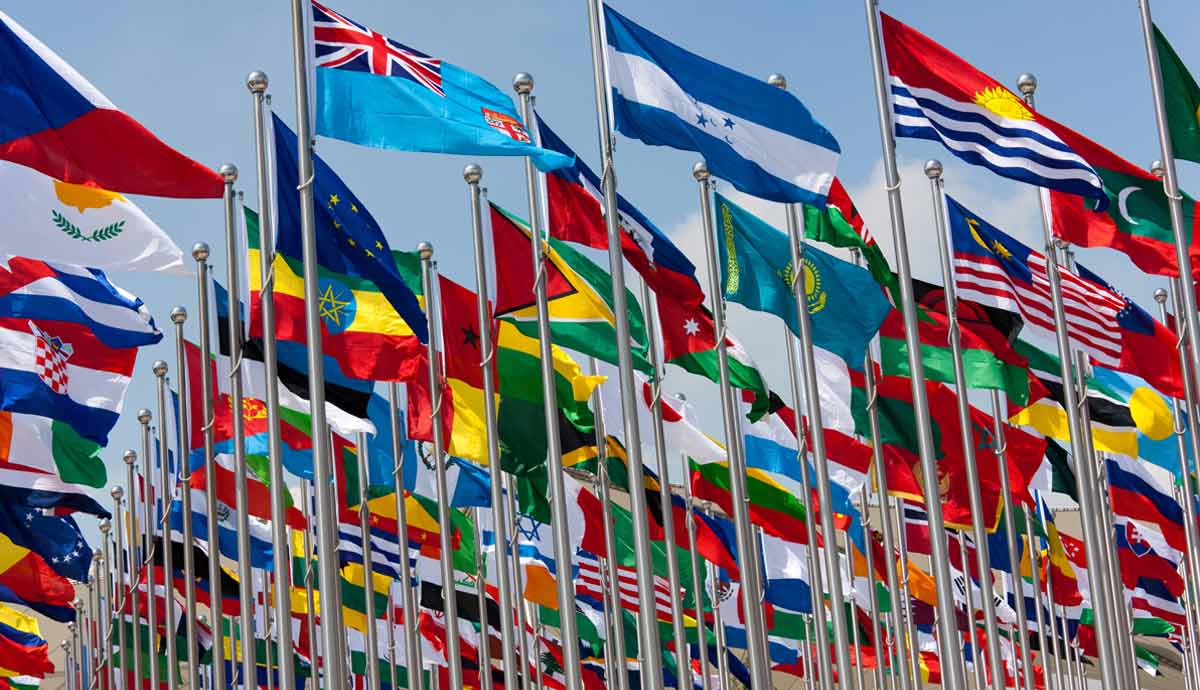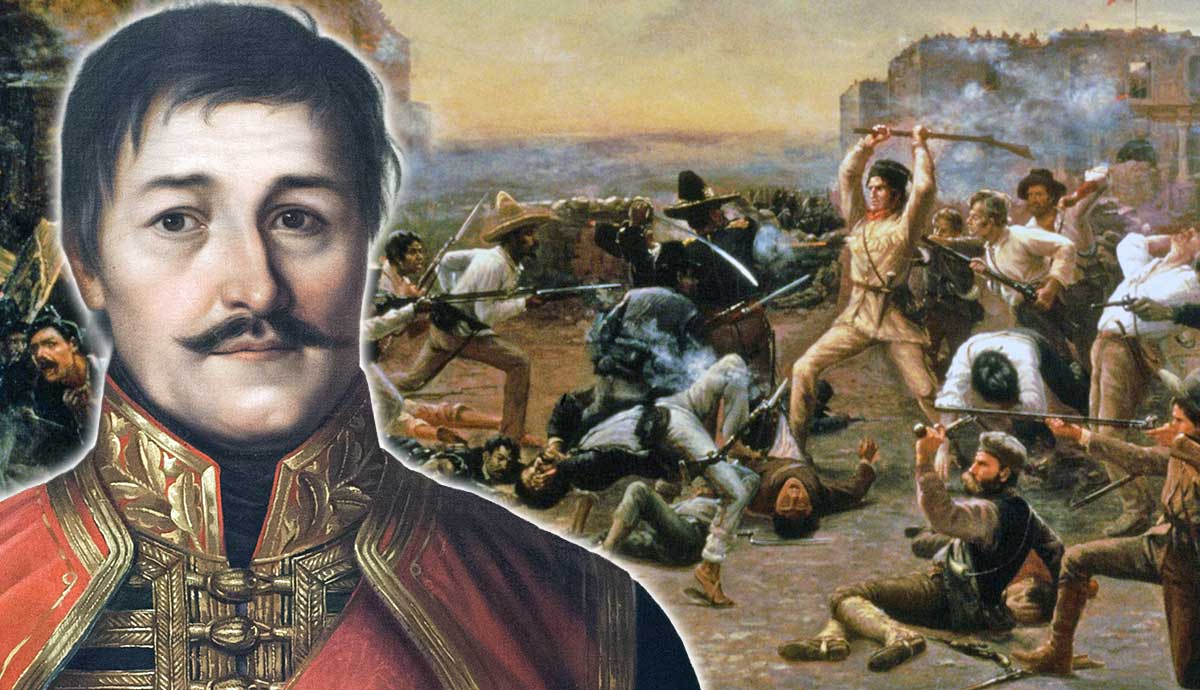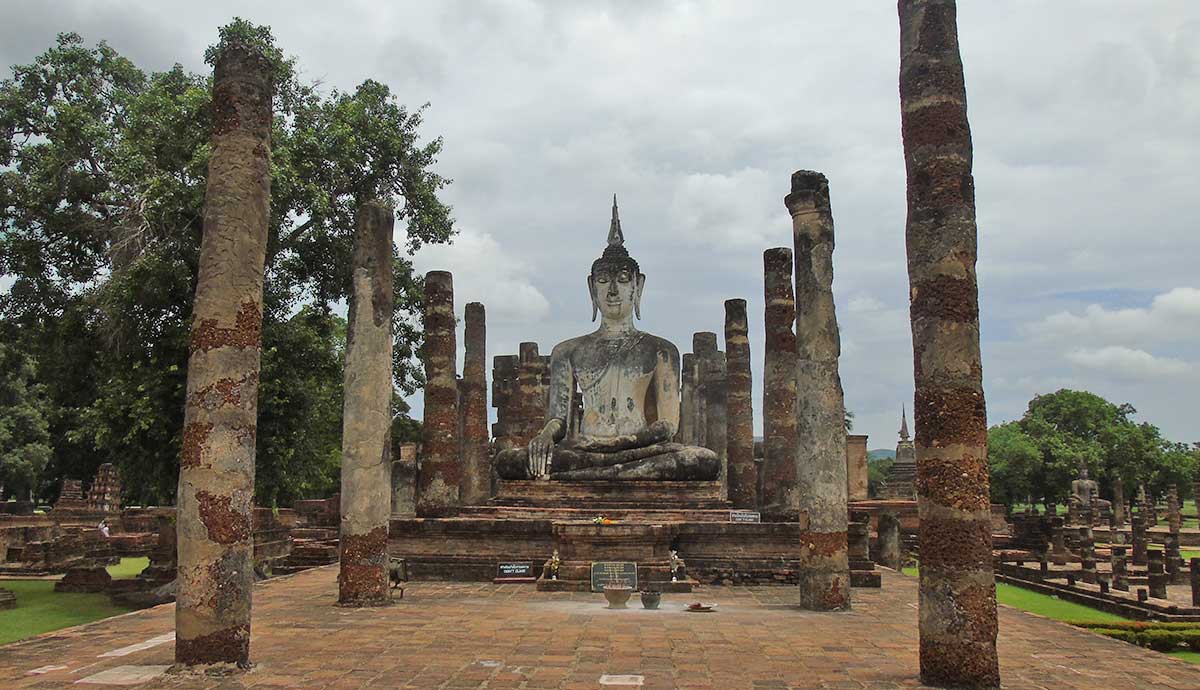
Statistically, it is unlikely that an insurgency can defeat a conventional military without major outside support or a sanctuary. Despite this, insurgencies have proven to be successful in many cases and can capture the world’s attention. Read on to learn more about some of the most successful insurgencies in military history.
1. Haitian Revolution

After its conquest by Spain in the 1500s, the island of Hispaniola became a colony of multiple European powers for around 300 years. France and Spain imported thousands of Africans to work in gold mines and sugar farms as slaves. By 1789, France controlled half of the island, which they named Saint-Domingue. The colony had a population of 560,000, most of whom were slaves. The horrific living conditions they endured made a revolt inevitable.
The revolutionary French government in 1793 banned slavery and granted citizenship to mixed-race Haitians. Toussaint Louverture, a wealthy mixed-race landowner, took control over much of the colony and agreed to keep it under French rule with limited autonomy. However, First Consul Napoleon Bonaparte reinstituted slavery and launched a military expedition to oust Toussaint in 1802. Over 20,000 French troops arrived and began fighting Toussaint’s militias. They captured him and he subsequently died in French captivity in April 1803.
The Haitians continued to fight under the leadership of men such as Jean-Jacques Dessalines, who staged a hit-and-run campaign against French forces. French forces suffered staggering casualties from Haitian ambushes and yellow fever. They could beat the Haitians in pitched battles, but they struggled to track them down in the jungles. By 1804, French troops were bottled up by Haitian rebels and the British Navy in the last colonial outpost at Gonaïves. When they surrendered, Haiti gained its independence at the cost of over 200,000 people.
2. Spanish Guerrilla War Against Napoleon
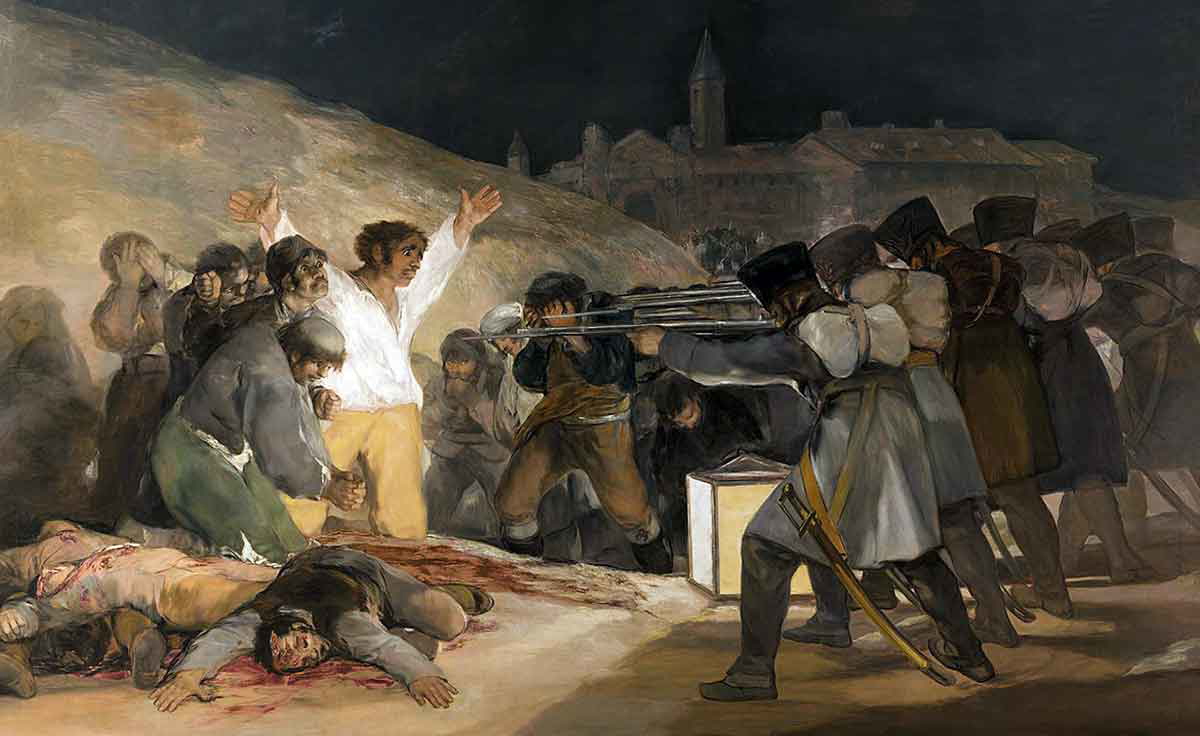
In 1807, Emperor Napoleon dispatched an army to invade Portugal through Spain. The French military presence in Spain was unpopular among many Spaniards, and in May 1808, residents of Madrid staged a revolt against French forces. The brutal suppression of this revolt led to the rise of a widespread insurgency throughout Spain. French forces struggled to handle the rise of ambushes and raids on their outposts and they lashed out at the civilian population.
In July 1808, Napoleon imprisoned King Charles IV of Spain and his son Ferdinand VII and installed his brother Joseph on the Spanish throne. The regular army struggled to resist French occupation, and many Spanish peasants and soldiers took to the countryside to fight as insurgents without a higher military command structure. They called themselves guerrilleros, coining the term guerrilla warfare.
The insurgents and Spanish regulars who refused to serve King Joseph received assistance from the British, who hoped to push the French army out of the Iberian peninsula entirely. As the French occupation grew more brutal, more Spaniards joined the revolt, threatening French supply lines.
By 1812, it was estimated that close to 40,000 guerrilleros were fighting the French. Their attacks grew more bold and Spanish regulars fought under the Duke of Wellington’s command. By 1814, British, Spanish, and Portuguese forces pushed the French out of the peninsula and invaded France. While the guerrilleros did not win the war single-handedly, their actions proved vital in destabilizing French rule in Spain.
3. Great Arab Revolt of WWI
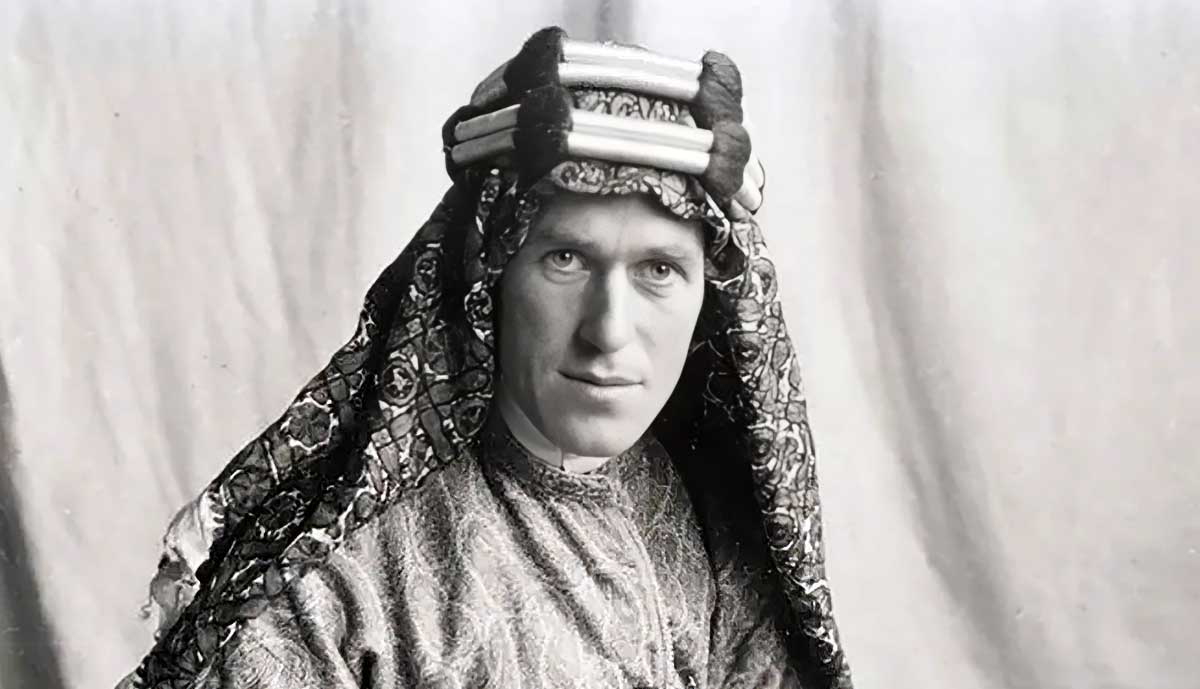
Before the First World War began, Arab tribes in the Mashriq began advocating for more freedom from the Ottoman Empire. After the 1908 Young Turk Revolution, Arab nationalists began demanding more sovereignty and equality to Turks. They lacked the force to be able to get what they wanted, but many hoped that the British and French would help them realize their ambitions once the war broke out.
Starting in 1914, British officials in Egypt began surreptitiously communicating with the Sharif of Mecca, Hussein bin Ali, and his son Abdullah. Hussein originally sided with the Ottomans but decided to support the Entente, believing that it would create an Arab empire in the Hejaz.
Hussein ordered members of his family to lead Arab warriors in raids against Turkish outposts throughout the Arabian peninsula. The raiders struggled due to a lack of munitions and the unwillingness of many Arab soldiers within the Ottoman ranks to desert. However, by 1916, several important population centers, such as Ta’if and Mecca, were free of Ottoman control. Later that year, Hussein was joined by British Captain T.E. Lawrence.
Lawrence was sent along with other Anglo-French officers by his commanders to liaise with the Arab rebels. He managed to convince the different Arab leaders to work together and coordinate their actions with the Entente. Instead of marching on Medina, Lawrence and Hussein took their forces north along the Hejaz railway towards Aqaba. By 1918, they pushed into Syria and helped destroy the remaining Ottoman forces. While the aftermath of the war saw more conflict and turmoil, the Great Arab Revolt was one of the most successful insurgencies of WWI.
4. Yugoslav Partisans of WWII

The brutal Axis occupations of East Asia, North Africa, and Europe during World War II encouraged mass resistance among occupied populations. When Germany, Italy, Bulgaria, and Hungary carved up the Balkans and sought to break up Yugoslavia, they created a massive resistance movement that undermined Axis control. The Yugoslav Partisan Army, led by Josip Broz Tito, became one of the most successful insurgent movements of the Second World War.
Following their seizure of Yugoslavia, several Axis nations broke up Yugoslavia while creating puppet governments in Serbia, Bosnia, Croatia, and elsewhere in the region. The brutality of the Axis occupiers not only reopened sectarian divisions; it also led to large numbers of Yugoslavs to resist. Tito, the leader of the Yugoslav Communist Party, began organizing people into a coalition of resistance groups. They fought against Serbian and Croatian collaborator militias as well as the Serbian Royalist Chetniks, who also despised the Axis occupiers.
Throughout the war, Tito’s Partisans fought the Axis armies and the Chetniks in a series of brutal clashes. They withstood repeated offensives and grew to over 650,000 men and women by 1945. Allied support proved crucial in ensuring they could dominate rival factions’ struggle. By the time the Soviets invaded Yugoslavia, the Partisans became Yugoslavia’s regular military and enabled Tito to become the head of state after the war. Unlike many other partisan movements in WWII, Tito’s army had access to heavy weapons from the Western Allies, meaning that they could launch major offensives against Axis forces and the Chetniks.
5. Triumph of the Viet Minh
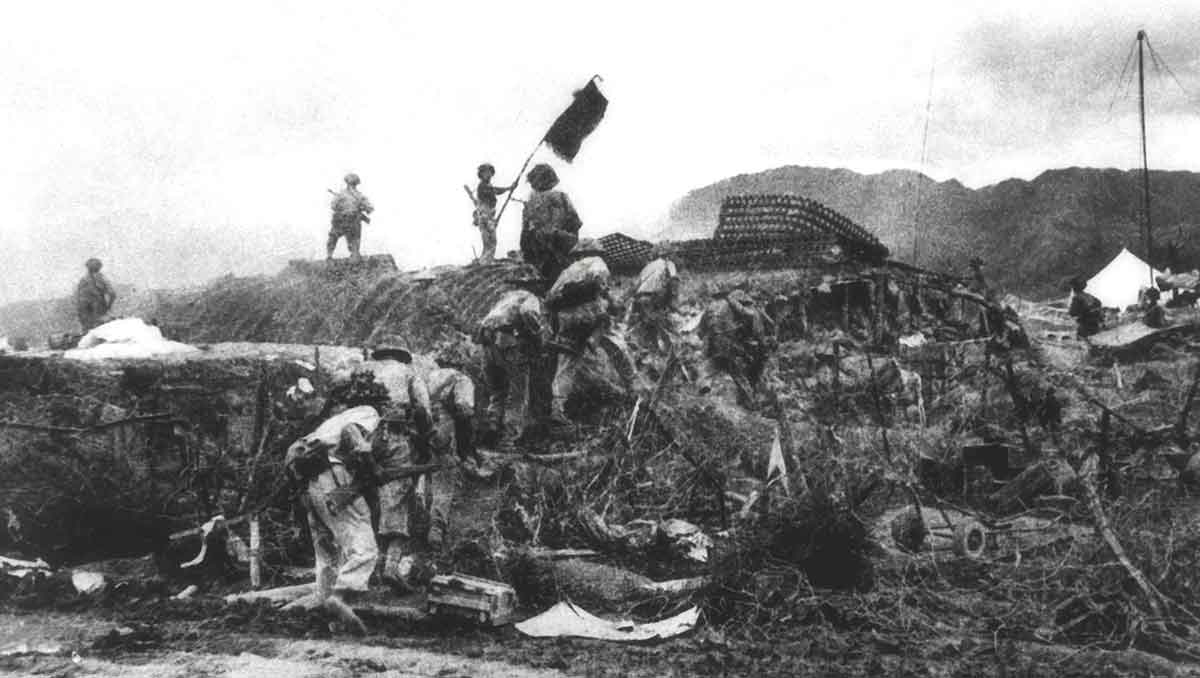
Tito’s accomplishments in defeating the Axis in Yugoslavia during WWII were mirrored in the French colony of Indochina by Ho Chi Minh and his fellow communists of the League for Independence of Vietnam. Ho was a longtime Communist who failed to achieve Vietnamese statehood at the Paris Peace Conference in 1919. Afterwards, he began forming an underground movement aimed at overthrowing French colonial rule and creating a communist republic. His plans were put on hold by Japan’s conquest of Indochina.
During the Second World War, Ho and his comrades organized a militia in the jungles in northern Vietnam to fight the French and Japanese forces. He had support from the US, which wanted the Japanese out of southern Asia entirely. When the war ended, the Viet Minh began fighting the returning French authorities. Lacking heavy weapons, they launched a jungle-based insurgency. Ho aimed to sap France’s strength until his army, known as the Viet Minh, could overwhelm the French forces. By 1950, this plan was working as the People’s Republic of China and the USSR began providing substantial aid to the Viet Minh.
Ho’s military commander, Vo Nguyen Giap, began launching major offensives against French forces. His most successful operation was besieging the French Army garrison in the Dien Bien Phu valley. In four months, the Viet Minh destroyed a French force of 15,000 men and strengthened their hand at the negotiating table in Geneva. By 1954, French forces vacated Vietnam, leaving behind two Vietnamese states, including Ho’s communist republic in North Vietnam. North Vietnamese forces would eventually defeat South Vietnam and reunite in 1975 after ill-fated American military intervention in the Vietnam War.
6. Afghan Mujahideen Against the Soviets
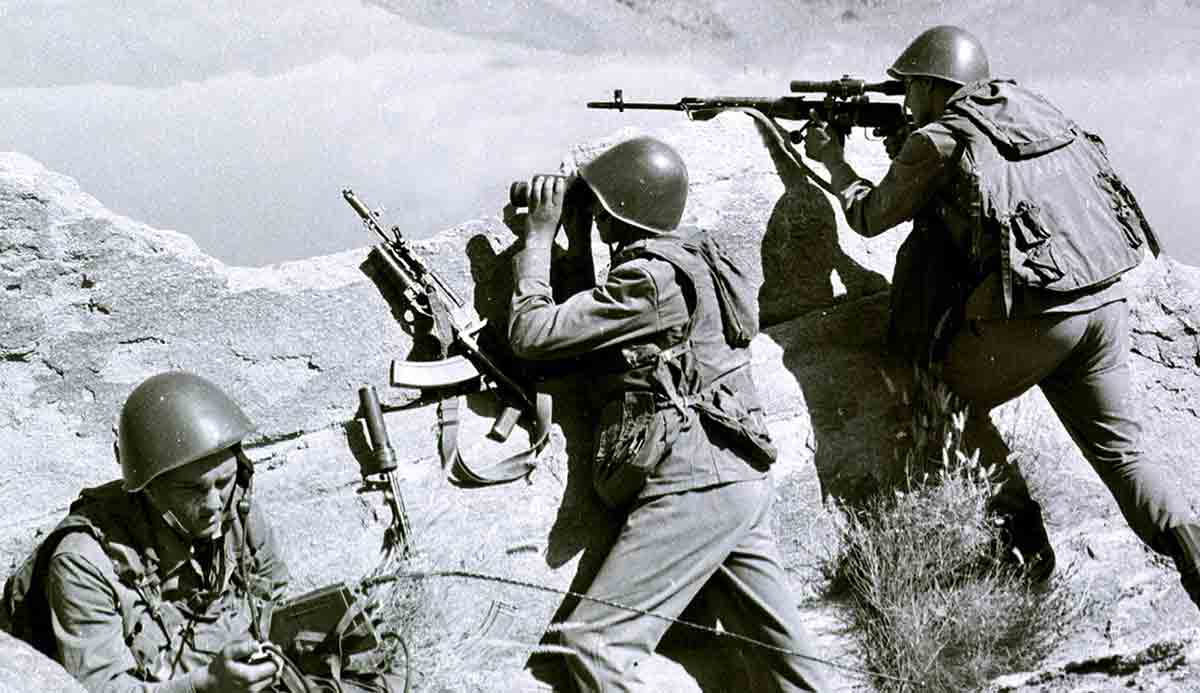
In December 1979, the Soviet Union invaded Afghanistan to support the faltering communist government and suppress the Mujahideen insurgency. This marked the USSR’s only military intervention outside Europe and coincided with the decline of communism in the Eastern Bloc. Approximately 100,000 Soviet troops occupied major Afghan cities, leading to intense and prolonged conflict with Mujahideen fighters.
The war, lasting nearly a decade, resulted in the deaths of around one million people and left Afghanistan in ruins. Despite overwhelming firepower, the Soviets failed to crush the different Mujahideen bands, who operated with outside support and had sanctuaries in Pakistan or Iran. By using the terrain and taking advantage of the weakness of the Soviet Army’s weaker Afghan partner force, the Mujahideen was able to inflict heavy losses on the communist forces.
The Soviet withdrawal from Afghanistan in 1989 precipitated a power vacuum, leading to civil unrest and the eventual rise of the Taliban in 1996. This conflict significantly strained the Soviet economy and military, contributing to the USSR’s collapse in 1991.
The invasion had profound long-term effects, destabilizing the region and fostering conditions that led to the rise of extremist groups. Unlike the postwar insurgencies such as the Baltic Forest Brothers in Eastern Europe against Soviet forces, the Mujahideen benefited from several advantages that made them almost impossible to defeat. When the Taliban used the same tactics against the NATO coalition later on, they managed to take back power from the Western-backed government in Kabul in 2021.



